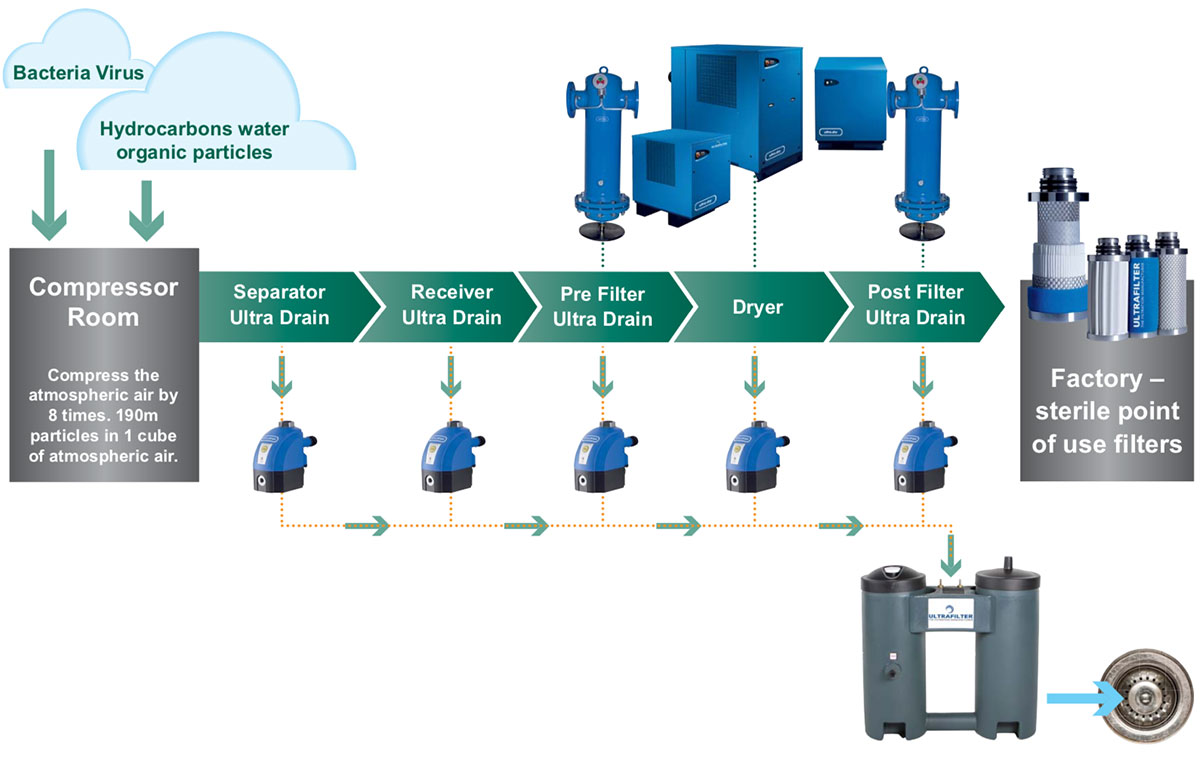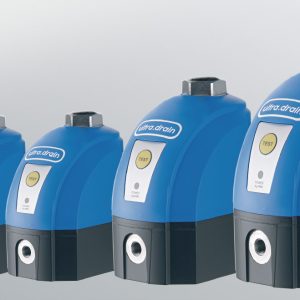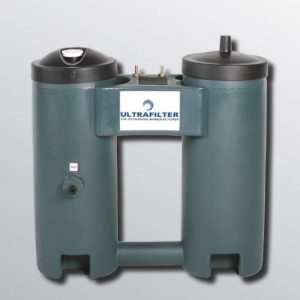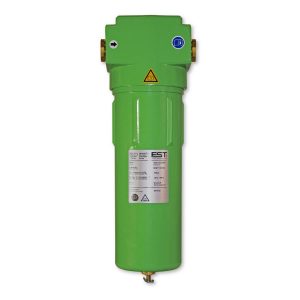Energy Saving Compressed Air Filters
Guaranteed energy savings when using our compressed air filters

Energy saving benefits of our filter elements
Compressed air filters protect your equipment from dust, dirt, oil and water. Dust wears down equipment and it can cause pneumatic control valves to get stuck. When dust combines with oil the problem becomes exasperated. In order to protect valves, motors and various other types of equipment it is essential to install compressed air filters. Compressed air is a vital part of the manufacturing process and it’s widely recognised as the forth utility alongside water, electricity and natural gas. Since it plays such a huge role in operating various types of equipment the air needs to be filtered to the highest standard ensuring its clean and dry. Hall Pyke are Irish suppliers of compressed air filters and multiple tools which you need in tandem. View our range below.
How did we get to this?
There is the basic rule that energy consumption of a compressor will increase/decrease by ca. 10% when the compressor needs to deliver 1 bar more/less pressure.
The pressure required at the point of use is given, e.g. 7 bar. On the way from the compressor outlet to the point of use there are filters, dryers, piping, etc, causing a differential pressure, e.g. altogether 1 bar. This means the compressor needs to deliver 8 bar to get the required 7 bar at the point of use.
If you now take a filter that creates 0.2 bar less pressure drop in the above example the compressor now only needs to deliver 7.8 bar instead of 8 bar in order to get the 7 bar at point of use.
When 1 bar less outlet pressure of the compressor means 10% less energy consumption 0.2 bar less outlet pressure results in 2% less energy.
Compressed Air Facts
Atmospheric air is made up of many things such as bacteria, viruses, water, organic particles, hydrocarbons.
190 m
The average number of particles in 1 cubic/mtr of atmospheric air.
70%
The average daily mean relative humidity for Ireland.
Humidity is the amount of water vapor in the air. Water vapor is the gaseous state of water and is invisible. Humidity indicates the likelihood of precipitation, dew, or fog. Higher humidity reduces the effectiveness of sweating in cooling the body by reducing the rate of evaporation of moisture from the skin. This effect is calculated in a heat index table or humidex, used during summer weather.
There are three main measurements of humidity: absolute, relative and specific. Absolute humidity is the water content of air. Relative humidity, expressed as a percent, measures the current absolute humidity relative to the maximum for that temperature. Specific humidity is a ratio of the water vapor content of the mixture to the total air content on a mass basis.
The dew point is the temperature at which the water vapor in air at constant barometric pressure condenses into liquid water at the same rate at which it evaporates. At temperatures below the dew point, water will leave the air. The condensed water is called dew when it forms on a solid surface.
When compressed to 8 bar all this is 8 times greater.
Showing all 5 results
-

Automatic condensate drains
An ultra.drain pays for itself within a few months through energy-saving design.
-

Oil-Water-Separators Ultra.sep
Condensate with an oil content of 5% on average, is potentially harmful to the environment and must not pass into the wastewater without purification.
-

Point of use Nitrogen Dryers
Type FCA..CMSM point of use dryers are mainly designed for separating humidity (water vapour content) from compressed air flows (dry-type filtration).
-

Ultrafilter High-Performance Filter
FF / MF / SMF with nanotechnology
-

Ultrafilter Silicone Free Filter
FFP / MFP /SMFP with nanotechnology